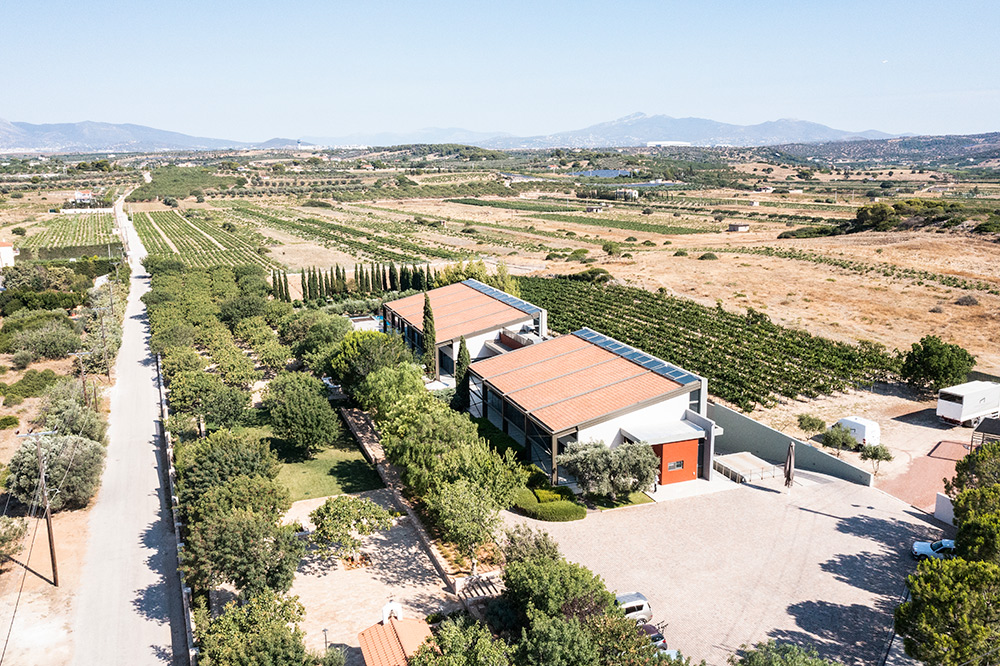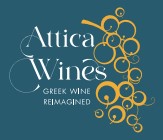Introduction
to Attiki
Introduction to Attiki
The vineyard of Attiki (or Attica) has undergone an impressive renaissance and progress during the last few decades. Its moment has been a long time coming. Since the 90’s the strong winds of change have been blowing in terms of viticulture and vinification, among the producers. All it took was for its best practitioners to believe that Attica wine could be more than what it was once considered to be -a simple quaffing wine for relatively immediate consumption. Based on their long-standing traditions, grape varieties and unique wine styles, and with the help of cutting-edge technology, expertise and serious effort, they managed to bring the wines of Attiki to the forefront of the seismic changes that have taken place in the Greek vineyard.
The prefecture of Attiki is characterized by the presence of Athens, the country’s capital. The local vineyard is one of the largest vineyards in Greece and it has always been the principal source of wine for the city of Athens. Local consumption absorbed most of Attiki’s wine-production. It is one of the few regions in the world that grows wine within the city limits. Many commercial vineyards, in regions such as Mesogaia, are found around and even within the residential areas.
Attiki is considered to be one of the hottest and driest grapegrowing regions in Greece. However, the vineyard’s proximity to large bodies of water (with the exception of the northwestern part of the prefecture, Attiki is surrounded by the sea) as well as the mountains ranges, create ideal conditions for growing vines. The epicenter of Attiki’s vineyard is Savatiano, a white grape variety. During the last decades, Savatiano’s quality potential is highlighted through a series of modern vinifications. The wines are pleasantly charming with excellent depth and balance and the best of them will amaze you with their ageing potential.
Top examples can surpass a decade or more of cellaring. Attiki is considered to be one of the hottest and driest grapegrowing regions in Greece. However, the vineyard’s proximity to large bodies of water (with the exception of the northwestern part of the prefecture, Attiki is surrounded by the sea) as well as the mountains ranges, create ideal conditions for growing vines. The epicenter of Attiki’s vineyard is Savatiano, a white grape variety. During the last decades, Savatiano’s quality potential is highlighted through a series of modern vinifications. The wines are pleasantly charming with excellent depth and balance and the best of them will amaze you with their ageing potential. Top examples can surpass a decade or more of cellaring.
No other vineyard than that of Attiki has been more associated with Retsina, a wine of traditional designation that is produced with the addition of pine resin. Retsina wines acquire a distinctive herbal and balsamic character reminiscent of pine, sage, rosemary and ginger. There is an on-going evolution in this style and high-quality examples are taking over the market these days.
Although PGΙ Attiki (ΠΓΕ Αττική) is the most commonly used designation on a label, the broader vineyard is characterized by a large number of local PGIs. The most important of them are the Protected Geographical Indications of PGI Retsina of Attiki (ΠΓΕ Ρετσίνα Αττικής), PGI Markopoulo (ΠΓΕ Μαρκόπουλο) and PGI Slopes of Kithaironas (ΠΓΕ Πλαγιές Κιθαιρώνα).

